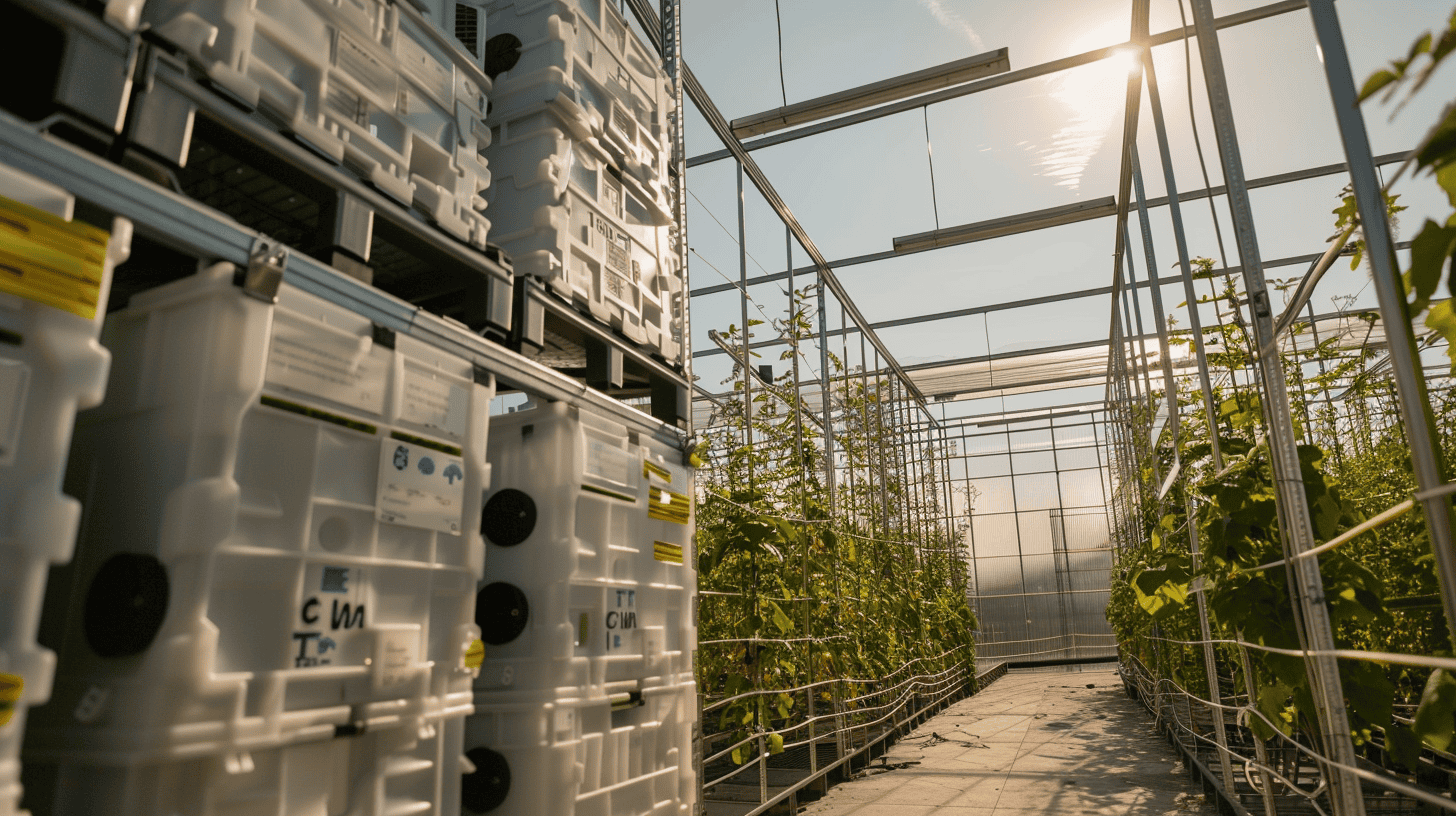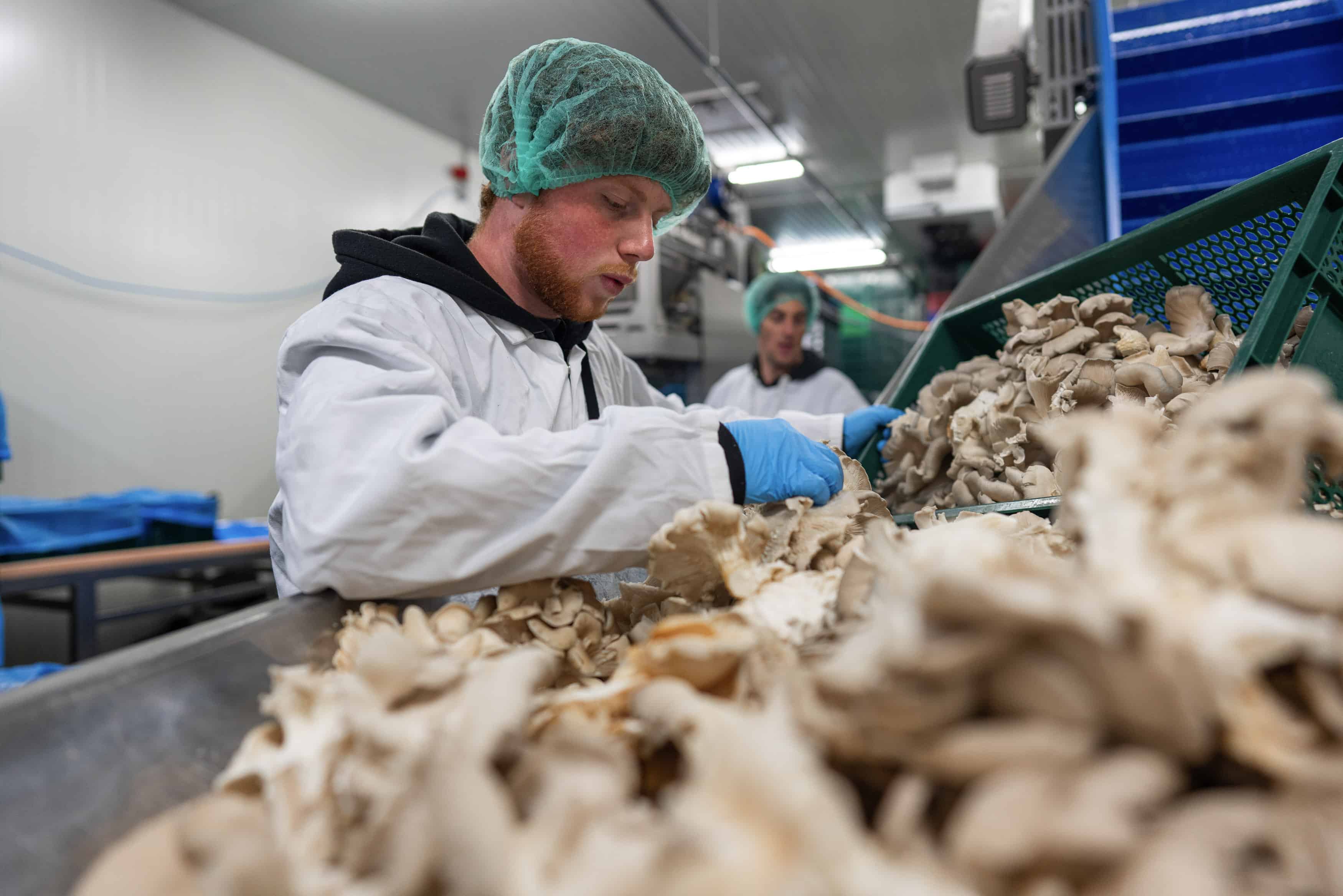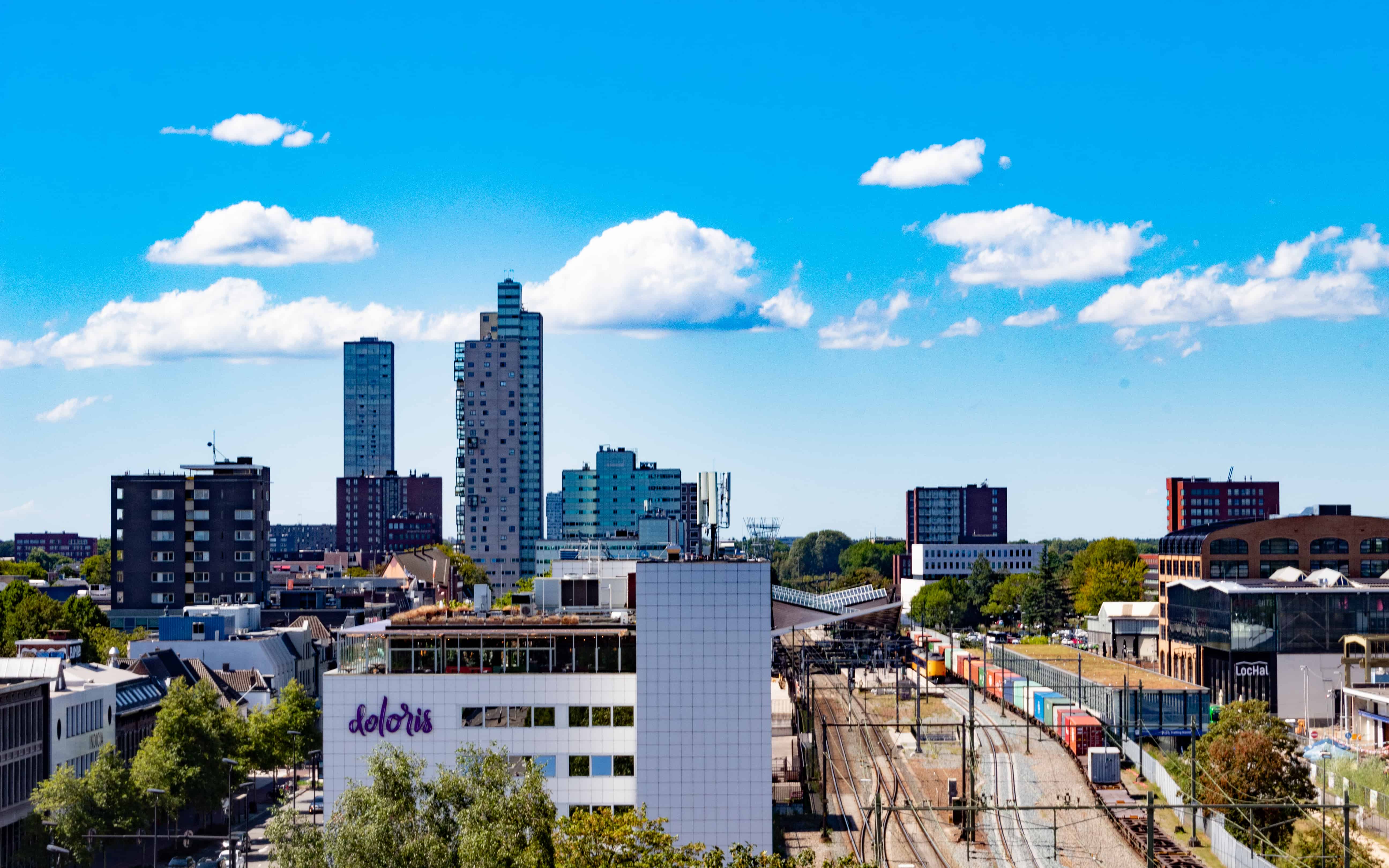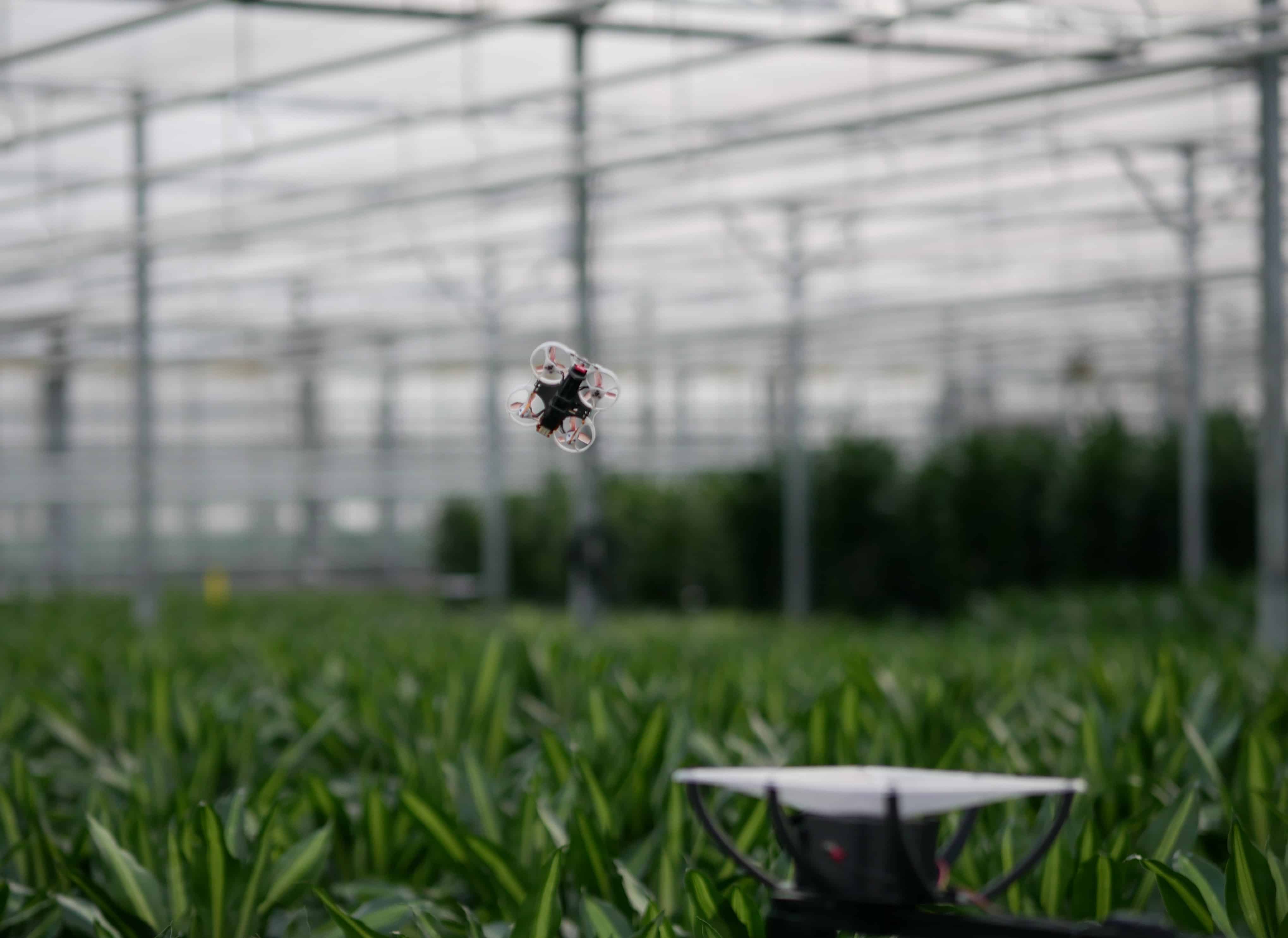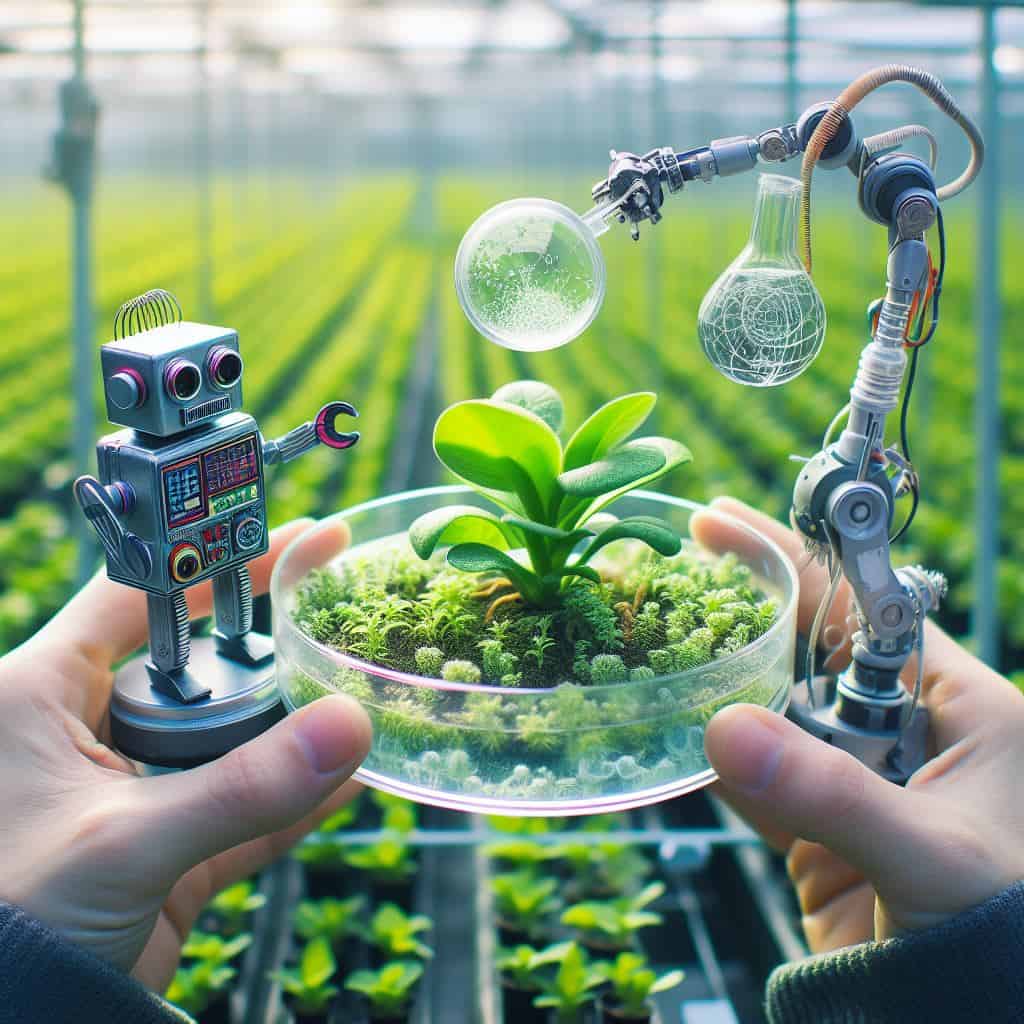
“Greenhouse horticulture must disappear from the Netherlands.” That, at least, is the message Klaas Knot, the president of De Nederlandsche Bank, recently proclaimed in the TV program Buitenhof. According to him, greenhouse horticulture is a form of economic activity where production takes place below true cost price. The benefits do not outweigh the costs, both financial and ecological. Knot argues for a halt to greenhouse horticulture, just like the meat processing industry and distribution centers. He believes the Netherlands should focus on sectors that provide more added value, such as the knowledge economy, healthcare and energy transition.
Knot’s statements sparked many reactions, especially from the greenhouse horticulture sector. The industry organization Glastuinbouw Nederland invited Knot to a meeting to show him all that greenhouse horticulture contributes to the Dutch economy and society. For example, the organization pointed to the sector’s innovative power, export value, employment, and sustainability. The organization also emphasized that greenhouse horticulture plays an essential role in food supply and food safety, especially in times of crisis.
Not unambiguous
Who is right in this discussion? Is greenhouse horticulture a sector that the Netherlands would do better to do away with, or is it a sector that the Netherlands should actually cherish? The answer is not as simple as Knot makes it seem. Greenhouse horticulture is not one homogeneous sector but a collection of different crops, companies, regions, and markets. Some parts of greenhouse horticulture are indeed vulnerable and unprofitable, while others are thriving and innovating.
Importantly, the value of greenhouse horticulture is not only in the primary production at the growers but is an ecosystem where the entire network of businesses and services forms the value.
In this ecosystem, growers produce sufficient, safe, and healthy food. They do this for a region of about 500 km around the Netherlands. So technically, we grow a lot for export, but in the United States or China, this would be called “local production”. This is only part of the value of greenhouse horticulture. Worldwide, 40% of vegetable seeds have an origin in the Netherlands. This is due to close cooperation between the companies in the Dutch breeding sector, the government and research, knowledge, educational institutions and the strong international focus.
Growth
There is a similar international focus among developers of technology for greenhouse horticulture. Globally, there is steady growth in high-tech horticulture. The share of the horticulture and starting materials (T&U) chain within the entire Dutch R&D expenditure was almost 1 billion for 2022 and thus 5 percent of the total Dutch R&D expenditure.
A lot is also happening in the field of robotics in greenhouse horticulture. This development can contribute to the problem of (unskilled) labor in greenhouse horticulture.
The degree of automation and robotization varies a lot by type of crop. In pot plant cultivation, cuttings are potted with a robot, set out in the greenhouse or on roller tables and are automatically watered with excess water being collected and reused. At the end of cultivation, the plants are taken by autonomous vehicles to the sorting and packaging hall. There they go “on the picture” in a system that uses vision and AI technology to sort the plants by size and quality. Most of the manual labor in this crop is in packing the plants. Customers all request their own sleeve, box, mix of colors, or pot. 80% of the labor in this type of business is on the last day of cultivation.
Automated
When growing fruiting vegetables, the situation is different. Much of the repetitive labor is done daily. Harvesting, crop maintenance, and sorting. Sorting and packing is often (almost) fully automated here. Harvesting and crop maintenance are still done by hand and are often heavy.
Robotic solutions are also working hard here. If a car factory is often already largely robotized, one would think that in a greenhouse, it could just as easily be done. The problem, however, is that we are not dealing with standardized production here. We are dealing with a natural product where every plant grows differently, often humid, hot, and dusty. Then, once we have succeeded in developing a robot that can replace some of the labor, those robots also have to be produced. An average robot can require as much as 10 million euros in development costs for the first phase. It is often not feasible for a robot developer alone; after that, we are not there yet. Whereas software is often easy to scale once developed, it is different for hardware. Building it involves high costs and even that the average robot developer can just barely pre-finance on his own.
Ecosystem essential
So again, the ecosystem is vital in the development of a new product. For example, initial knowledge is developed by a university, and a robot developer then uses it to turn it into a commercial product. It is essential to work closely with growers in this process, especially if the developer is not yet very familiar with horticulture. The developed robot must then be produced. For this, investors are needed to help finance the next step. It also requires a company that can start building the robots in series.
Oh yes, let’s not forget that we are back to the need for labor. Labor to assemble the robots but also to commission and maintain the robots….
This also brings us back to the value of the greenhouse industry as an ecosystem. With the removal of growers from the Netherlands, it is also no longer so evident for technology developers to continue doing their R&D in the Netherlands. The advantage of testing and involving high-tech growers ‘in the neighborhood’ will no longer be there.
We will eventually lose our central function in developing the technology with those growers. With that disappears, high-quality labor and contribution to the knowledge economy. That sounds like throwing the baby out with the bathwater.
Potential and responsibility
Greenhouse horticulture is a sector with potential but also with responsibility. The sector can play an important role in the transition to a green, healthy, and inclusive economy. Still, then the sector must be viewed as an ecosystem, and we especially do not want to simply remove the individual blocks from the system without thinking about the impact on the entire system!



